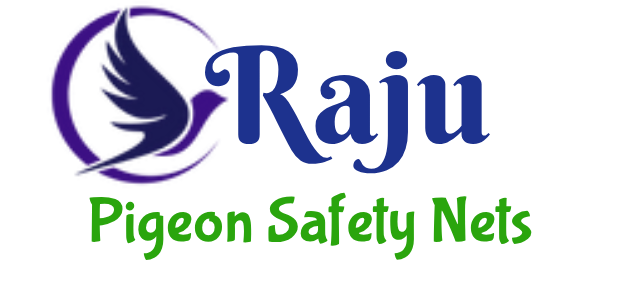Children’s safety nets are systems, measures, and tools designed to protect children from various risks or dangers, ensuring their well-being. These can be physical, emotional, or social protections that help keep children safe in different environments like homes, schools, and communities. Below are a few types of safety nets for children:
1. Physical Safety Nets:
- Childproofing Homes: Using safety locks, corner protectors, baby gates, and window guards to prevent accidents in the home.
- Car Seats & Seat Belts: Ensuring children use the appropriate car seats or booster seats for their age and size to reduce the risk of injury in a car accident.
- Playground Safety: Installing age-appropriate equipment, soft landing surfaces (like rubber mats), and regular maintenance of playgrounds to reduce injury risks.
- Safety Gear: Encouraging the use of helmets, knee pads, and elbow pads while engaging in sports or outdoor activities like biking, skateboarding, or rollerblading.
2. Emotional and Social Safety Nets:
- Supportive Relationships: Providing children with strong relationships with trusted adults like parents, teachers, or mentors to ensure they have someone to turn to in case of stress or fear.
- Mental Health Resources: Access to counseling, therapy, and support groups to help children manage emotions, cope with trauma, or deal with bullying and other stressors.
- Anti-Bullying Programs: Schools and communities implementing strategies and policies that foster inclusive and respectful environments and prevent bullying.
- Safe Online Spaces: Providing guidance on safe internet usage, monitoring social media activity, and educating about cyberbullying and online predators.
3. Legal and Institutional Safety Nets:
- Child Protection Laws: Legislation in place that prevents abuse, neglect, and exploitation, ensuring children are treated with dignity and respect.
- Child Welfare Agencies: Organizations or government bodies that intervene in cases of neglect or abuse and provide services to children at risk.
- Education & Awareness: Schools teaching children about their rights and how to identify unsafe situations, encouraging them to speak up if they feel threatened or uncomfortable.
4. Economic Safety Nets:
- Social Assistance Programs: Government benefits such as food assistance (e.g., WIC, SNAP), healthcare, or financial aid for low-income families to reduce financial pressures that might put children at risk.
- Affordable Housing: Access to secure and safe living conditions to ensure children are not exposed to unhealthy environments.
Overall, a comprehensive child safety net includes a combination of prevention, protection, education, and support to ensure the overall well-being and safety of children.
Are You Looking For Safety Nets In Vizag Please Contact Raju Safety Nets In Vizag
Visit Site https://rajupigeonsafetynetsvizag.com
#rajusafetynets #pigeonsafetynets #balconysafetyents #childrensafetynets #antibirdsafetynets
